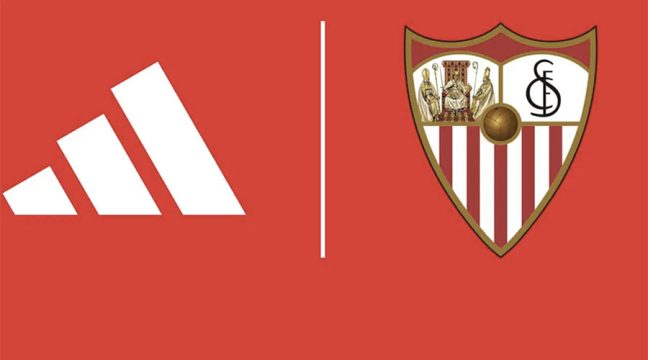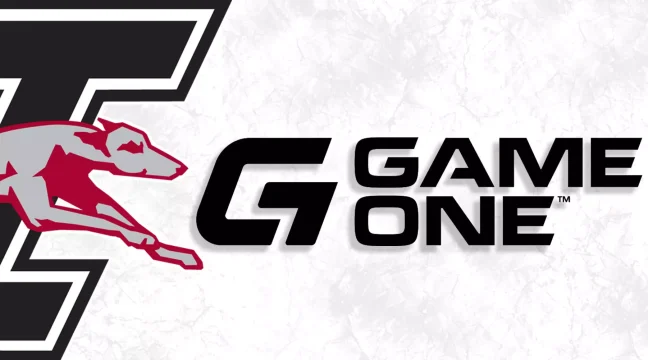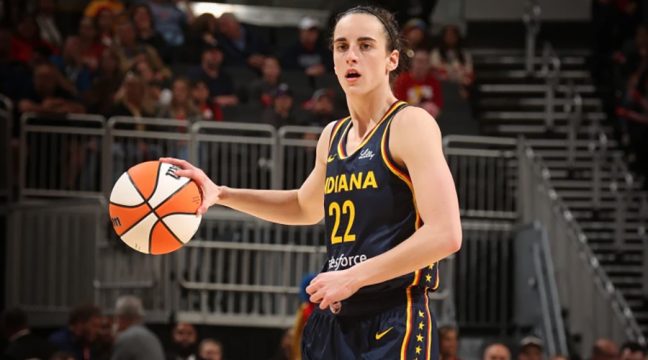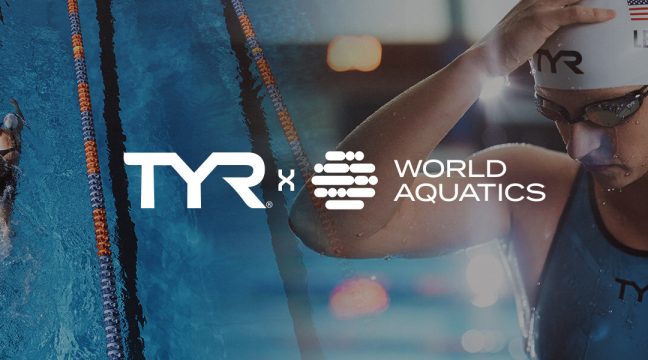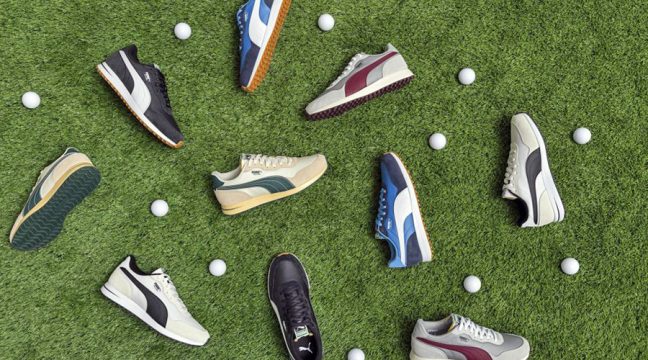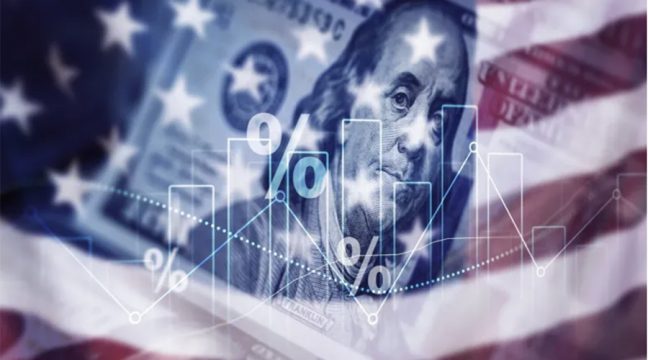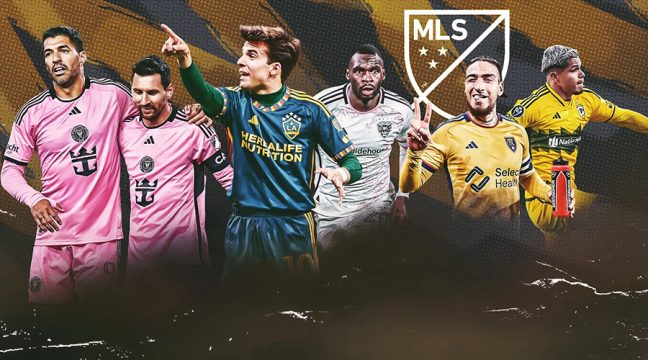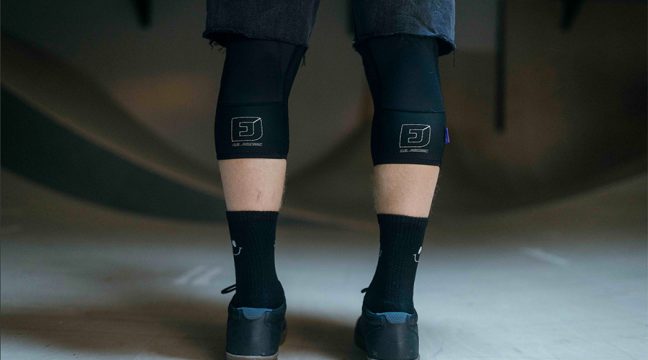As the filtration and purification company’s Follow the Liters program nears its goal of providing safe drinking water for one million children, Hill reflects on the experience and what’s next for LifeStraw’s CSR efforts.
Writer: Carly Terwilliger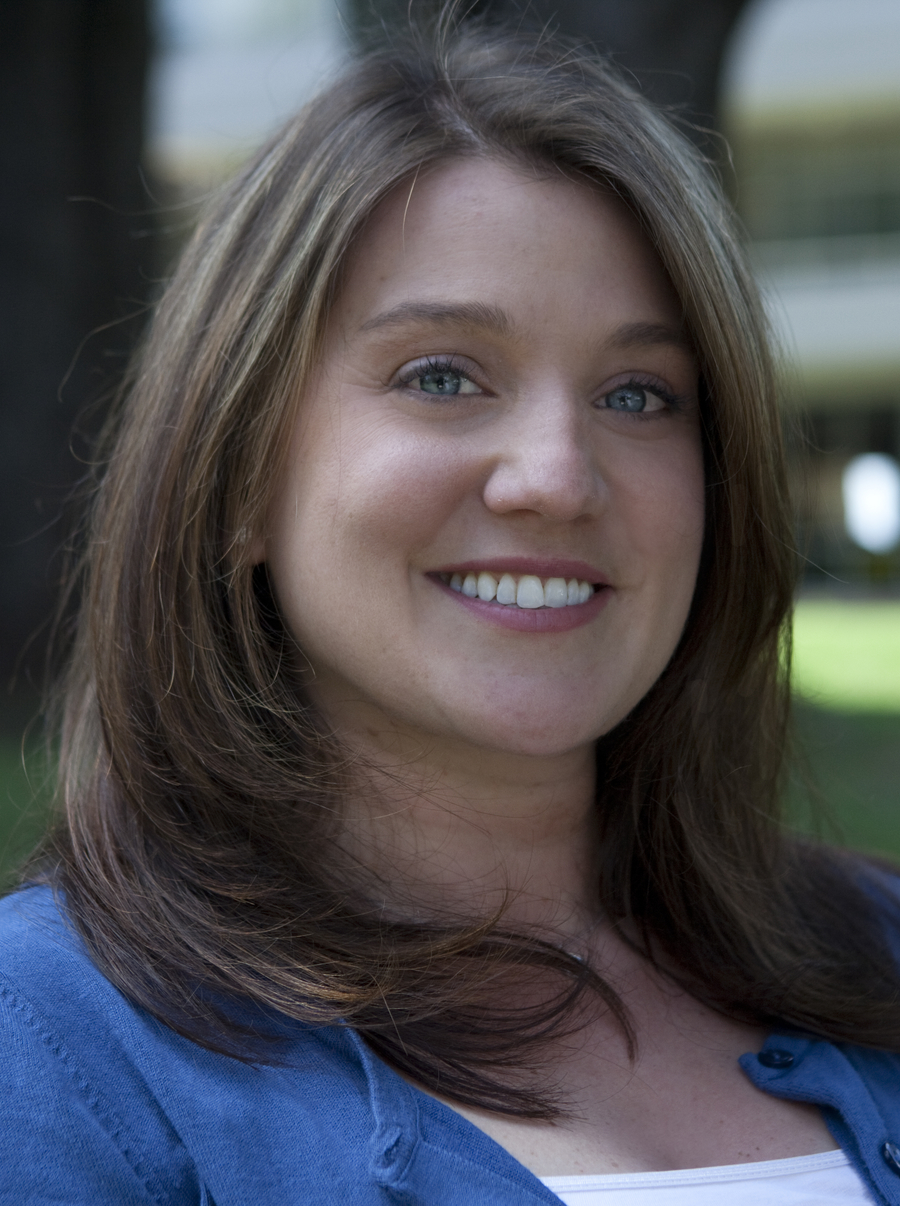
LifeStraw’s Follow the Liters program is approaching its goal of providing access to safe drinking water for one million children by late 2017 to early 2018. The developer of filtration and purification products conducted its third annual campaign in western Kenya from February 13-24, 2017.
The ongoing campaign provides safe drinking water to a school child in a developing country for an entire school year for every LifeStraw water filter or purifier purchased in North America or Europe.
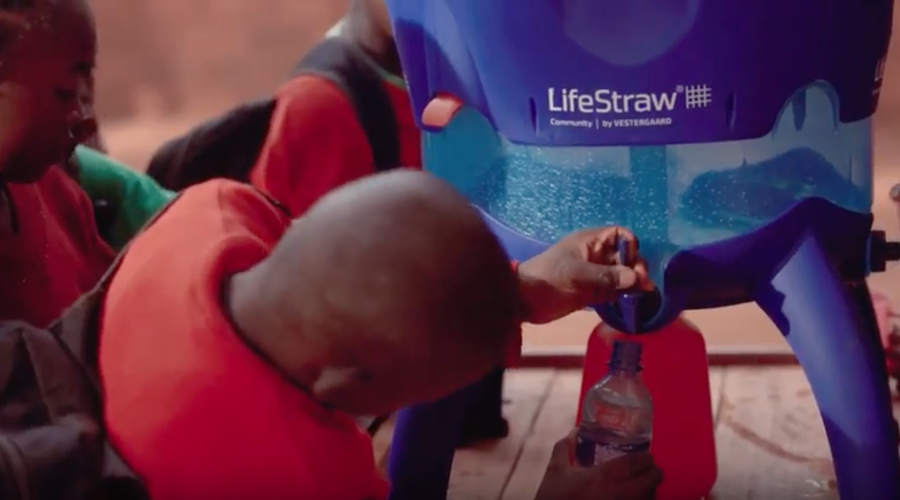 How has Follow the Liters impacted the development of LifeStraw’s consumer products? We understand that the technology is only the first step – products must meet the needs of the consumers they are designed for. The product that someone in North America needs to keep them safe during a backpacking trip is different than what kids need at school in Kenya. The technology is the same, providing the highest standards of safe drinking water, but the product design is different.
The Follow the Liters Program has allowed us to open a two-way dialogue with our customers to help us understand what problems they have and what they need in a solution. We have seen an encouraging increase in communication over social media and other platforms since we started the Follow the Liters Program and we know that many of our customers track our progress. This relationship enables us to reach out to key customers during the research and design process and obtain meaningful feedback along the way.
We continue to create platforms to have a conversation with our customers. As a responsible company, we know that innovation must continue to meet the demands of our consumers and address emerging issues of water quality. This is the case with all three products we are releasing this fall: LifeStraw Flex, LifeStraw Universal, and LifeStraw Play. LifeStraw Play, a smaller bottle designed with kids in mind, in particular was inspired by Follow the Liters as we sought to provide safe water to school children in developed communities and then connect them with the children within the Follow the Liters Program.
How has Follow the Liters impacted the development of LifeStraw’s consumer products? We understand that the technology is only the first step – products must meet the needs of the consumers they are designed for. The product that someone in North America needs to keep them safe during a backpacking trip is different than what kids need at school in Kenya. The technology is the same, providing the highest standards of safe drinking water, but the product design is different.
The Follow the Liters Program has allowed us to open a two-way dialogue with our customers to help us understand what problems they have and what they need in a solution. We have seen an encouraging increase in communication over social media and other platforms since we started the Follow the Liters Program and we know that many of our customers track our progress. This relationship enables us to reach out to key customers during the research and design process and obtain meaningful feedback along the way.
We continue to create platforms to have a conversation with our customers. As a responsible company, we know that innovation must continue to meet the demands of our consumers and address emerging issues of water quality. This is the case with all three products we are releasing this fall: LifeStraw Flex, LifeStraw Universal, and LifeStraw Play. LifeStraw Play, a smaller bottle designed with kids in mind, in particular was inspired by Follow the Liters as we sought to provide safe water to school children in developed communities and then connect them with the children within the Follow the Liters Program.
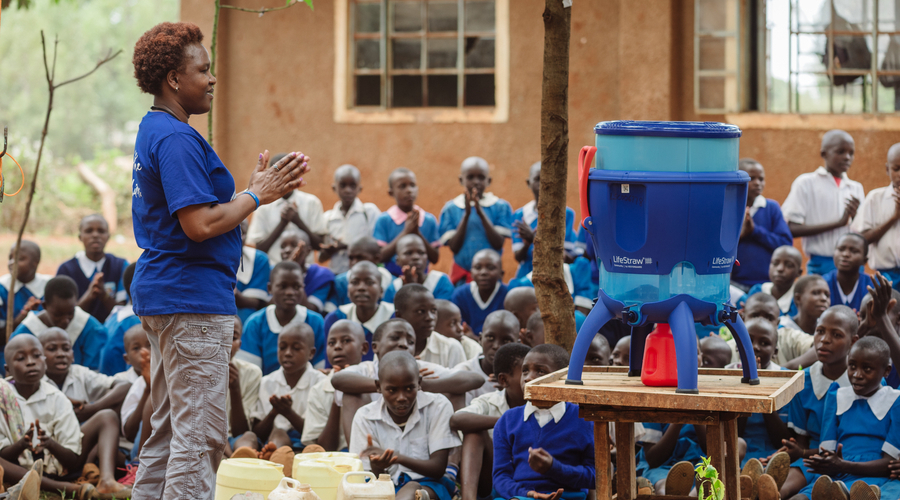 As Follow the Liters nears its goal of providing access to safe drinking water for one million children, what has been the most rewarding part of the experience thus far? I remember during our very first education and training session in the first school we visited, we all rallied around this iconic moment when we demonstrated the use of the filter in front of the children, and for the first time showed the kids and teachers the difference between their drinking water and the LifeStraw filtered water. Many of the water sources in western Kenya are quite turbid, so you can physically see the change.
I have been working in western Kenya for over a decade, but for me it’s still incredibly powerful to see the look of amazement on children’s faces when it finally clicks for them that they will truly have access to safe water in school. We are now fully focused and committed to reaching one million children with the Follow the Liters program by early 2018. However, like the first child, the one millionth child is not an end goal, it is an important milestone and we will continue to build beyond that.
The biggest challenge? The biggest challenge is maintaining our level of quality and infrastructure as we grow. LifeStraw is incredibly unique in that we implement our own programs directly. We currently have 34 staff in Kenya dedicated to implementing the Follow the Liters program. We stock spare parts locally, physically follow-up with schools at least once a term, and utilize a cell phone-based electronic monitoring system with which we collect data every time we visit.
We also make a five-year commitment in every school, but practically, we see our relationships with the schools lasting in perpetuity. So the challenge is maintaining that quality and oversite as we continue to scale – forging new relationships with key leaders in new regions and finding quality local staff that uphold our programmatic standards.
What’s next for LifeStraw’s CSR program? A few things – we are certainly excited to reach one million kids by 2018. But as noted, this is not just a one off we’ll be serving those kids for at least the next five years and beyond. At the same time, we are developing new technologies that can remove heavy metals and chemicals which will not only enable us to expand our consumer offerings, but will also enable us to expand our CSR reach. You’ll also likely see us in several new countries by 2020.
Photos and video courtesy LifeStraw
As Follow the Liters nears its goal of providing access to safe drinking water for one million children, what has been the most rewarding part of the experience thus far? I remember during our very first education and training session in the first school we visited, we all rallied around this iconic moment when we demonstrated the use of the filter in front of the children, and for the first time showed the kids and teachers the difference between their drinking water and the LifeStraw filtered water. Many of the water sources in western Kenya are quite turbid, so you can physically see the change.
I have been working in western Kenya for over a decade, but for me it’s still incredibly powerful to see the look of amazement on children’s faces when it finally clicks for them that they will truly have access to safe water in school. We are now fully focused and committed to reaching one million children with the Follow the Liters program by early 2018. However, like the first child, the one millionth child is not an end goal, it is an important milestone and we will continue to build beyond that.
The biggest challenge? The biggest challenge is maintaining our level of quality and infrastructure as we grow. LifeStraw is incredibly unique in that we implement our own programs directly. We currently have 34 staff in Kenya dedicated to implementing the Follow the Liters program. We stock spare parts locally, physically follow-up with schools at least once a term, and utilize a cell phone-based electronic monitoring system with which we collect data every time we visit.
We also make a five-year commitment in every school, but practically, we see our relationships with the schools lasting in perpetuity. So the challenge is maintaining that quality and oversite as we continue to scale – forging new relationships with key leaders in new regions and finding quality local staff that uphold our programmatic standards.
What’s next for LifeStraw’s CSR program? A few things – we are certainly excited to reach one million kids by 2018. But as noted, this is not just a one off we’ll be serving those kids for at least the next five years and beyond. At the same time, we are developing new technologies that can remove heavy metals and chemicals which will not only enable us to expand our consumer offerings, but will also enable us to expand our CSR reach. You’ll also likely see us in several new countries by 2020.
Photos and video courtesy LifeStraw


